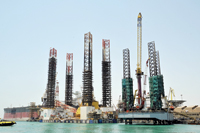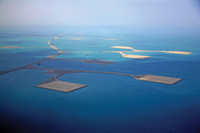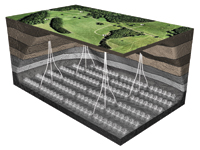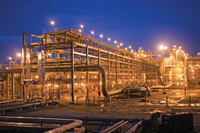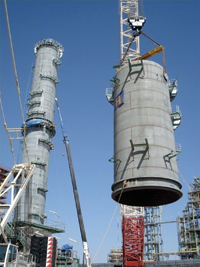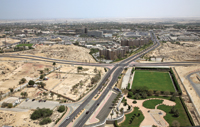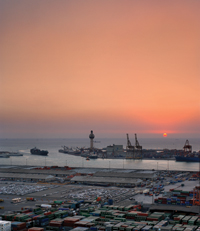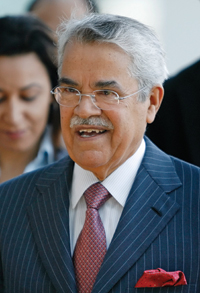
SAUDI ARAMCO has set in motion an ambitious plan to plant more than 1 million mangroves along the kingdom’s shores during the 2011-16 business plan period.
The new initiative is being spearheaded by the Environmental Protection Department (EPD) with Marine Environmental Specialist, Dr Ronald Loughland, heading the programme. Using four sites, the team will transplant 60,000 mangroves annually over the course of five years. After five years, about 1.2 million mangroves will have been transplanted.
The company’s mangrove plantation programme began almost 20 years ago and the latest plan is testament to Saudi Aramco’s commitment to replenish a crucial component of the kingdom’s ecosystem.
Mangroves, an essential part of the marine food chain, also protect shorelines from the onslaught of waves and winds.
It was back in 1993 that Saudi Aramco teamed up with the Research Institute at King Fahd University of Petroleum and Minerals, to transplant mangrove seedlings as part of a joint study in a bid to re-establish mangrove forests along the shores of the Arabian Gulf.
The company partnered with the National Commission for Wildlife Conservation and Development as well as the Ministry of Agriculture and Fisheries to determine whether mangroves could be successfully planted there.
More than 20 years later the fruits of that project are now bearing fruit with an established mangrove forest on Abu Ali Island. Working with government agencies and local contractors, schools and community groups, the company has helped plant an estimated 200,000 seedlings along the Arabian Gulf shoreline.
In May, more than 400 volunteers from schools in Safaniya and other participants planted 1,000 seedlings along Tanajib shoreline at Saudi Aramco’s Tanajib Community.
That event was the result of a joint effort by EPD, Tanajib Community Services and the Northern Area Offshore and Onshore Producing Departments.
Rich in carbon and a breeding and nursery ground for a variety of marine life, mangroves play a crucial role in the kingdom’s, and many of the world’s, ecosystems.
Mangroves act as a buffer zone between the land and the sea, helping protect the land from erosion.
Mangrove forests are an ideal breeding ground for many fish species, and many coastal communities depend upon them to keep their fishing industries alive.
Due to their specialised root and filtration system, mangroves purify water by absorbing harmful elements and pollutants.
Due to urbanisation, coastal developments and other factors, mangrove forests are disappearing the world over. As a result coastal communities have become vulnerable to storms and erosion and the land behind the mangrove forest becomes salty.
Species that depend on the mangroves become threatened, leading to both environmental and socio-economic effects.



















































































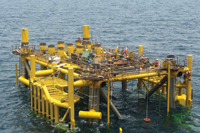
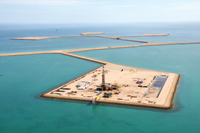


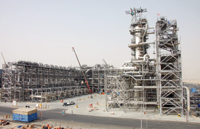









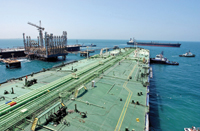
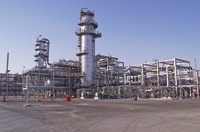

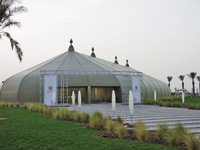

.jpg)




